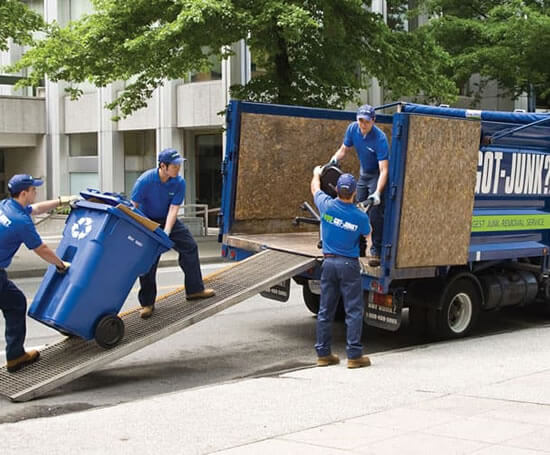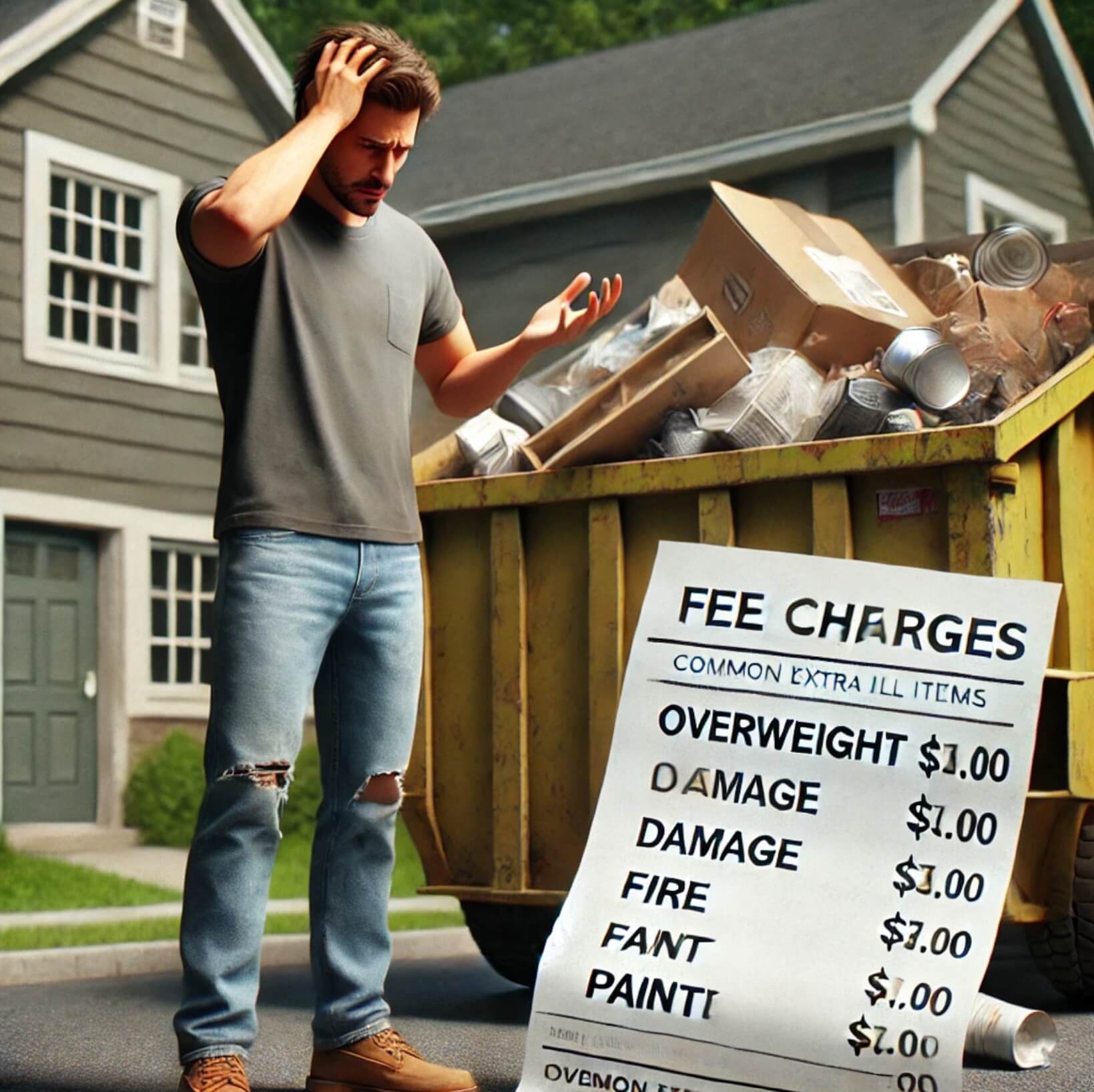Visiting a transfer station for the first time can feel intimidating. Whether you’re a homeowner with a small load or a commercial hauler with a trailer full of debris, understanding the process can save you time and hassle. The Kent County North Transfer Station is designed to handle both residential and commercial waste efficiently, but navigating it successfully requires knowing the basics.
Here’s a complete guide to help you through your visit, with tips to make the experience smooth and stress-free.
1. Location and Entrance Options
The Kent County North Transfer Station is conveniently located off US-131 at 10 Mile Road, near Rockford. There are two entrances:
- 10 Mile Road Entrance: Best for those coming directly off US-131.
- Merrill Trail Entrance: Another option depending on your direction.
Choose the entrance that suits your route, but if you’re hauling from US-131, the 10 Mile Road entrance is the most straightforward.
2. Understanding the Facility Layout
Once inside, you’ll encounter several areas to choose from based on your needs:
- Recycling and Hazardous Waste: Located on the right as you approach the gates. These areas are for materials like cardboard, plastics, or hazardous waste. Note that the hazardous waste section is open only during specific times—check the Kent County website for details.
- Scale House: Key for both residential and commercial haulers. The right-hand scale is closer to the scale house for easy access.
3. The Scale House: Weighing In and Pricing
The scale house is where you’ll determine the cost of your disposal:
- Residential Customers: There’s a $35 flat fee for pickup trucks or SUVs. If you’re unsure whether your load exceeds this, you can request to weigh in and out for an accurate charge.
- Commercial Haulers: Depending on your load size and weight, you may need to weigh in and out.
When pulling onto the scale:
- Ensure your rear tires are fully on the scale.
- Communicate clearly with the attendant, especially if you’re new to the process.
4. Facility Rules and Safety
- Speed Limit: The facility enforces an 11 mph speed limit to ensure safety, as heavy equipment and multiple vehicles operate within the station.
- Tarp Removal Area: Before proceeding to the disposal area, you’ll find a designated space to remove your tarp. This step keeps debris contained and ensures a smooth unloading process.
5. Choosing Residential or Commercial Sections
Both sections are accessible, but choosing the right one depends on your vehicle and load size:
- Residential Section: Smaller, less busy, and ideal for SUVs or smaller loads.
- Commercial Section: Wider spaces and better suited for trailers or larger vehicles.
Both areas require you to back into unloading spots. For trailer users, the commercial section is often easier to navigate.
6. Disposal Process and Exiting the Facility
Once you’ve unloaded your materials:
- Secure any remaining debris on your vehicle to avoid items blowing away during exit.
- Follow the posted speed limit as you backtrack through the facility.
- Return to the scale house:
- If you prepaid the $35 fee, bypass the scale on the right side.
- If you weighed in, return to the scale to weigh out and finalize payment.
Why Neighborly Hauling is a Great Alternative
While the Kent County Transfer Station is an excellent resource, it can be a lot to manage, especially if you’re unfamiliar with the process. That’s where Neighborly Hauling comes in:
- Residential-Sized Dumpsters: Perfect for smaller projects.
- Curbside Pickup: We drop a dumpster at your curb for 30 minutes while you load, then haul it away for you.
- Convenience: Skip the trip to the transfer station altogether.
Make Your Waste Disposal Easy
Navigating the Kent County North Transfer Station doesn’t have to be complicated. With this guide, you’ll feel prepared and confident for your visit. If you’d rather skip the hassle, let Neighborly Hauling handle it for you. Visit NeighborlyHauling.com to learn more about our services and make your next cleanup project stress-free.


